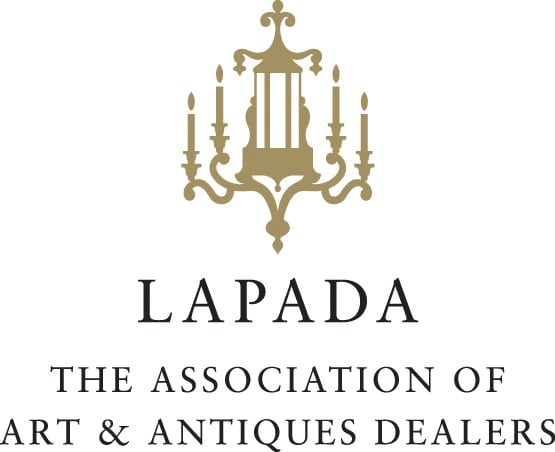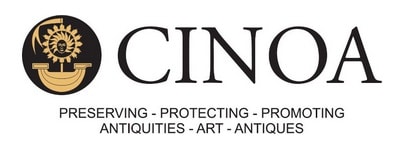Vogue (2016) – “The attraction between painter and model is as unpredictable as falling in love. When a 21-year-old Brigitte Bardot visited Pablo Picasso at Vallauris in the South of France in 1956, no paintings ensued. Two years earlier a 19-year-old called Sylvette David (Lydia Corbett) inspired more than 60 likenesses during a period of a few months.”
Pablo Picasso (1881-1973), A School of Paris painter, sculptor, etcher, lithographer, ceramist and designer, who has had enormous influence on 20th Century art and worked in an unprecedented variety of styles.
The Picasso family moved to Barcelona, when their son Pablo (born in Malaga) entered the School of Fine Arts in 1895. He went on the Madrid Academy in 1897. Early on, Picasso showed great precocity. He first visited Paris in Autumn 1900, then returned in 1901 when he had his first one-man exhibition at the Galerie Vollard. The body of work known as the ‘Blue Period’ paintings of beggars and sad-faced women was begun around this time. Picasso settled in Paris in 1904. In 1905 he painted some pictures of circus folk and embarked on his ‘Rose Period’. Les Demoiselles d’Avignon in 1906-7 marked the beginning of a more revolutionary manner of style, influenced by Cezanne, and African art. Picasso met Braque in 1907 and, with his collaboration, created Cubism. He designed sets and costumes for Parade and other Diaghilev ballets between 1917-24. He also made some neo-classical figure paintings from 1920-4, running parallel to the later Synthetic Cub-ism. Following this, in 1925 he started to make more violently expressive and metamorphic works, and in the subsequent years frequently exhibited with the Surrealists. Picasso created an important series of wrought-iron constructions and modelled sculptures between 1928-34, and made the il-lustrations for Ovid’s Les Métamorphoses, and Buffon’s Histoire Naturelle amongst others. Picasso was awarded First Prize at the 1930 Pittsburgh International. His painting Guernica, 1937 was inspired by the destruction by bombing of the Spanish town of that name. Picasso was invited in to the building housing this work some years later, when the building was under Nazi occupation. When the senior Gestapo officer pointed to Guernica and asked him, ‘Did you do this’, Picasso famously replied, ‘No, you did’. Picasso continued to live in Paris throughout the Occupation.
From 1946 he lived mainly in the South of France at Antibes, Vallauris - where he met Lydia Corbett (née Sylvette David) who modelled for over 60 of his works, Cannes, and from 1958 near Aix-en-Provence, where he maintained a prolific output of paintings, sculptures, etchings, lithographs and ceramics. Picasso died at Mougins, near Cannes.
Lydia Corbett was born in Paris in 1934 to an influential art dealer based in the Champs Elysees, and his wife, a studio potter. She grew up in Provence and a small island of the Cote D’Azure. At the age of nineteen Lydia had moved to Vallauris in the south of France with her mother who worked at a pottery studio in the town. It was here that she had a chance encounter with Pablo Picasso in 1954. She spent several month sitting for Picasso and he created many drawings, around forty oil paintings, ceramics and steel sculptures depicting her. Corbett moved to England in 1968 where she pursued her own painting career, presenting twelve successful solo exhibitions in London. In 1991 she exhibited in Japan, and in the United States of America in 2004. In 2014 an exhibition of her watercolours was shown at Theater Bremen, concurrently with a major exhibition of Picasso’s work inspired by her, ‘Sylvette, Sylvette, Sylvette’ held at the Kunsthalle Bremen. These two exhibitions were the subject of a film produced by ARTE broadcast in England and Germany. A comprehensive book cataloguing all of the works Picasso created of Sylvette was published in collaboration with Kunstalle Bremen at this time. Lydia Corbett has exhibited with David Simon Contemporary, in Bath London and Castle Cary, since 2016 with three solo exhibitions and this latest show is the first time that her work has been exhibited alongside Pablo Picasso’s work in a combined exhibition.
The impact of the painter / muse aspect of this relationship has helped form the voice of Lydia Corbett’s own painting practice and this exhibition is a rare and exclusive opportunity to see the works of both Picasso and his muse in one place, creating a unique and beautiful conversation between these artists’ works.



